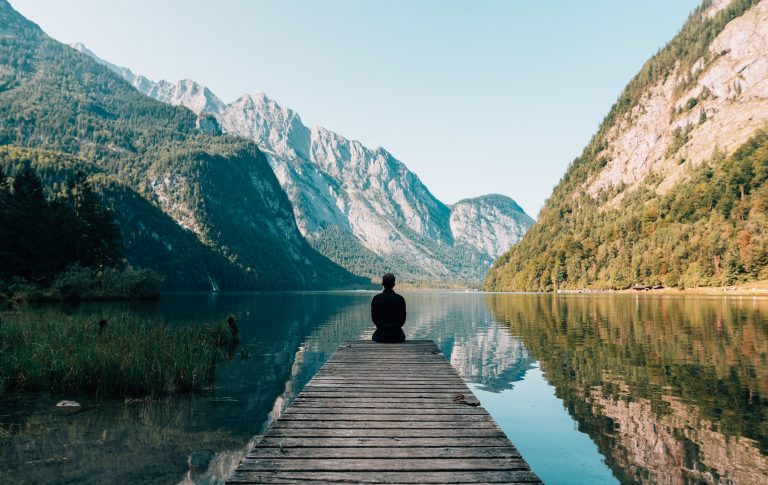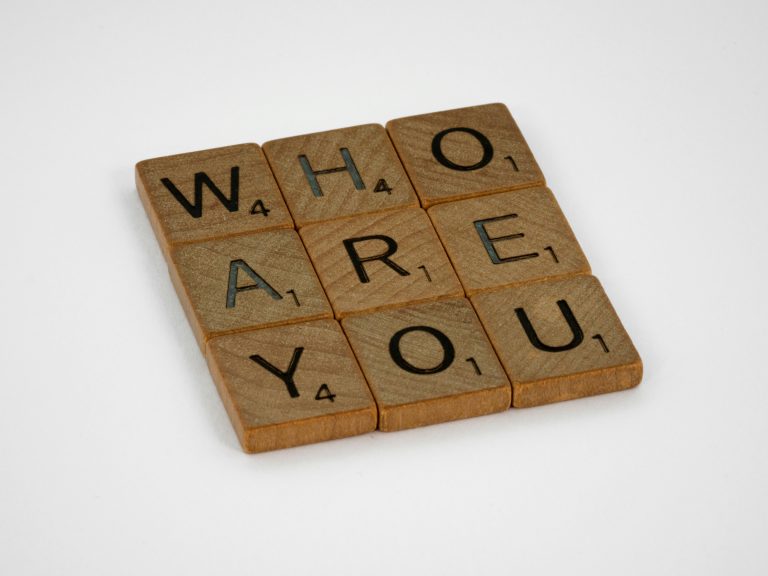In today’s fast paced, screen saturated world, nurturing the mental wellbeing of young minds is more crucial than ever. While therapy, mindfulness, and medication have their place, creative expression through art, music, and movement provides a powerful, natural outlet for emotional balance, personal growth and healing. These forms of expression don’t just entertain us, they transform.
The Power of Artistic Expression
Art offers a sanctuary for to process emotions that words often fail to express. Whether it’s painting, drawing, sculpting, or collage-making, visual art acts as a mirror to one’s inner world. For young people, especially those facing anxiety, depression or trauma, creating art can provide a safe, empowering way to regain a sense of control and identity.
Art therapy is even being integrated into clinical settings to help young patients manage emotional distress, enhance self-esteem and encourage communication. The creative process itself – choosing colours, working with textures, and forming images taps into sensory awareness, calming the nervous system and promoting mindfulness.

Music as Medicine
Music is not just background noise – it is a healing force. Scientific studies have shown that certain musical frequencies can influence our physiology, slowing the heart rate, lowering blood pressure and reducing cortisol levels. For example, classical music like Bach’s “Air on the G String” or Haydn’s “Cello Concerto in C” have been used in medical environments to assist with recovery from surgeries, reduce anxiety in ICU patients and even help those managing chronic conditions such as cancer, stroke and arthritis.
The human body has a natural response to rhythm. Chanting, humming, and singing activate deep vibrations that resonate through our bones and tissues, bypassing the brain’s analytical centres to reach areas tied to emotion and memory. This explains why music can bring up forgotten feelings or spark spontaneous movement, especially in individuals with neurological disorders like Parkinson’s or Alzheimer’s.
Listening to certain natural sounds- like rainfall, ocean waves, wind through trees, has been shown to calm the nervous system in a way comparable to taking a mild anti-anxiety medication. Music can significantly reduce the need for painkillers or sedatives and support emotional regulation in children with autism or sensory processing issues.

Movement: The Mind – Body Connection
Physical expression is vital for emotional wellbeing. Dance, simple stretching and unstructured movement allow young people to reconnect with their bodies, release stored emotions and express themselves without the pressure of words. Movement based practices improve body awareness, coordination and self-esteem while promoting the release of endorphins – the brain’s natural “feel-good” chemicals.
Young people who engage in regular physical expression often show improvements in mood, focus and social interaction. Movement becomes a channel through which inner chaos is organized, allowing young minds to feel more grounded and less overwhelmed.
Engaging the Senses: A Path to Calm
Healing isn’t limited to what we hear or see, it also involves what we smell, feel, and sense. Aromatherapy, for instance, can enhance mood and support sleep. Scents like lavender, peppermint or spiced apple have been shown to ease anxiety, reduce pain and food cravings.
Spending time in nature, another form of sensory engagement, helps reconnect us to something greater than themselves. Watching the sunrise, feeling grass or listening to a bubbling stream can awaken a sense of awe and peace that transcends our day-to-day stress. These experiences provide perspective, grounding and honour the mind- body connection.

Simple Practices to Try:
- Let go of plans for a day and follow your intuition instead of a schedule. See where their creativity leads you.
- Lie in the grass and watch the clouds shift and transform
- Create a soothing playlist. Try Chopin’s Nocturnes, Massenet’s “Meditation” from Thais or Tarrega’s “Alhambra”
- Light a scented candle or diffuse essential oils to change energy in your space
- Collect some natural objects and or flowers on a walk. Create a mandala or a bouquet from them to appreciate presence and bring nature indoors
- Visit an art museum to absorb beauty and inspiration
- Connect physically, invite a sense of play and spontaneity into whatever you are doing
Author: Annika Ancverina
Psychotherapist





